In the long and colorful history of Aston Martin, the DB4 takes a special place. It was the first Aston produced in significant numbers, and because it was the first modern Aston and car, that influenced the company’s direction for decades to come. The DB4 was successful on the streets and the tracks and helped the company survive in a climate that favored cheap and small cars, not luxury GT models. This model marked the famous cooperation with Carrozzeria Touring, the famous Italian design house, and featured numerous improvements and firsts. Calling it the most important Aston of all times could spark an argument, but there is a strong case for this recognition. Here is why.
When David Brown bought Aston Martin in 1947, the company was in bad shape. With no modern cars in the pipeline and no funds to make them, David Brown concentrated on investing and modernizing this tiny manufacturer. The Aston Martin DB1 and DB2 were the first models under the new ownership, and the latter proved to be successful and sold in over 550 examples. Even though it does not sound that much, we must remember that the world was very small in the 1950s and exclusive manufacturers concentrated on limited West Europe and American markets. The DB2, with its various derivates like DB2/4 or DB Mark III, managed to stay on the market for almost ten years and spawn several successful race variants. It was introduced in 1950, and the last examples were delivered in 1959.
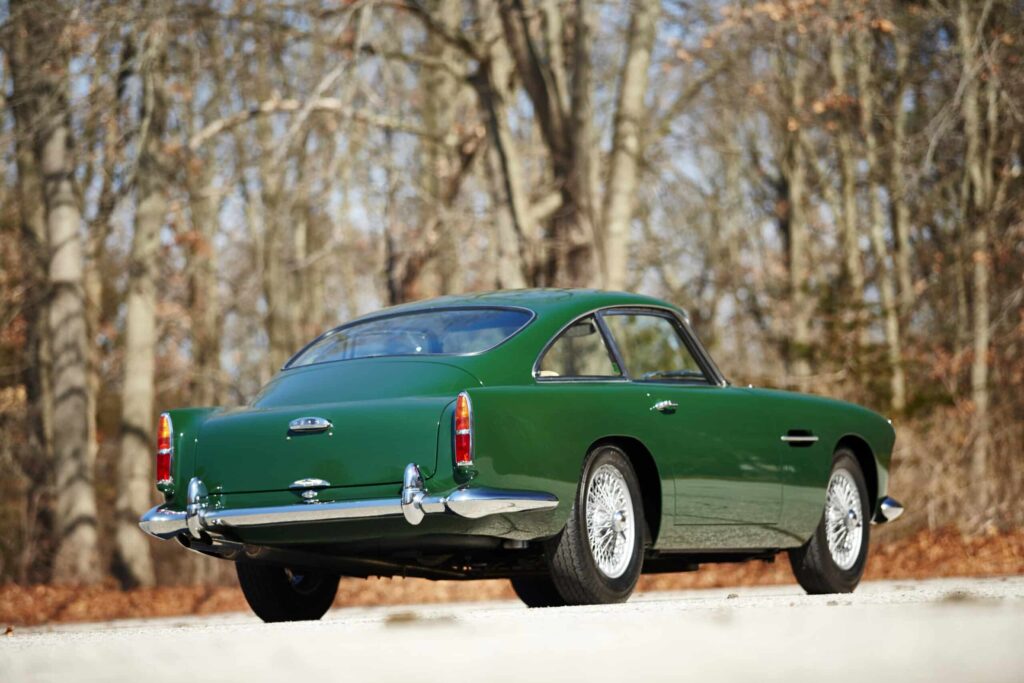
Although this model helped Aston survive and thrive, the competitors from Italy, like Ferrari and Maserati, and Germany (Mercedes Benz 300 SL Gullwing and Roadster) raised the bar in terms of design and construction, power, and performance. In order to stay relevant on the market, Aston needed a completely new model, faster and better looking than anything previously produced. It meant that the company’s ambitious plan required to be backed with unique design and innovative technology. In those days, Italians ruled the car design, and Aston’s bosses simply found a partner infamous Carrozzeria Touring in Milan, which perfectly articulated the new model’s design. The proposal was immediately approved since it was extremely elegant and recognizable, featuring a distinctive grille design yet still sporty and dynamic.
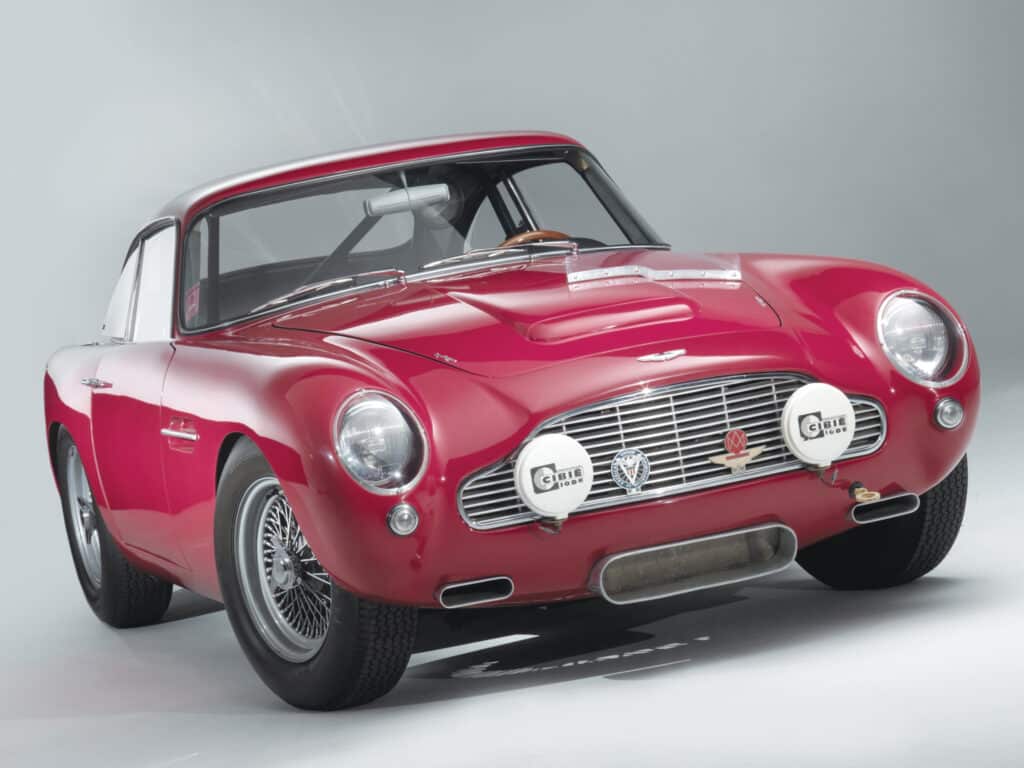
A completely new platform was under the famous Superleggera (super light) body, much more advanced than anything Aston had used previously. The front suspension was independent, but there was a live axle at the rear, a common engineering solution in the late ’50s. Interestingly, there were servo-assisted disc brakes all around, which was revolutionary for the period. Of course, such a forward-thinking layout deserved a similarly innovative engine. Polish-born engineer Tadek Marek managed to deliver a brand new, all-alloy, six-cylinder unit with twin overhead camshafts. With 3.7-liters of displacement, the new engine delivered 240 hp, which was more than comparable Ferrari or Mercedes 300 SL, which helped with the bragging rights.
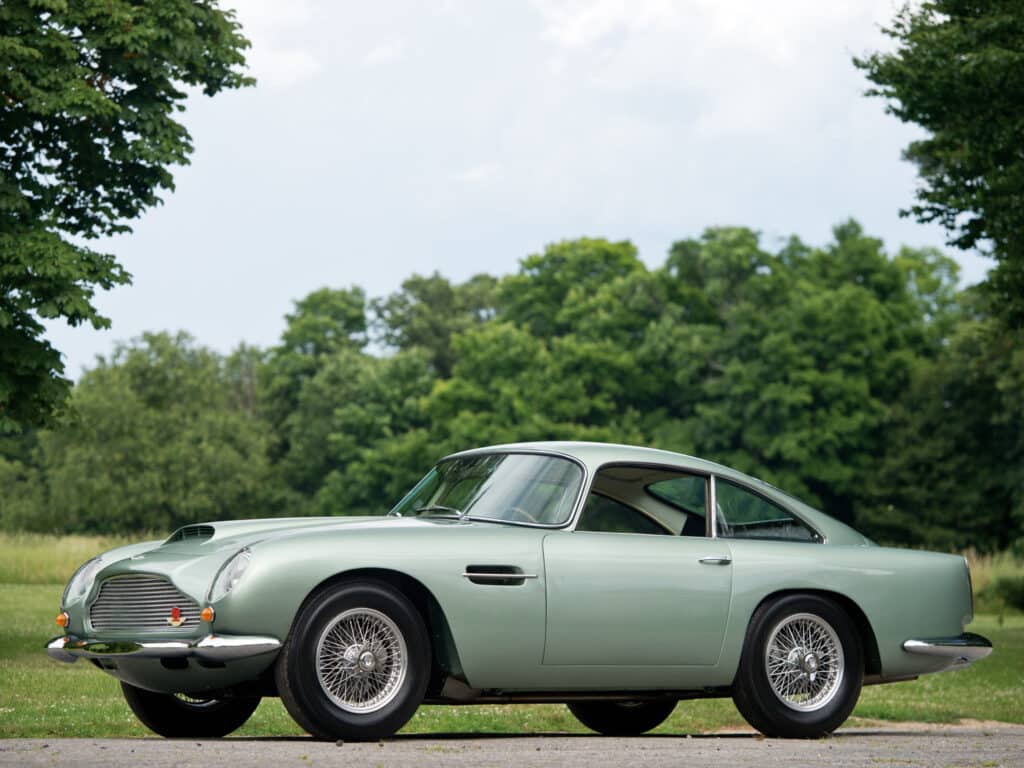
The new and eagerly awaited model debuted in 1958 and caused a sensation amongst the car public. It was the epitome of a thoroughbred English Gran Turismo machine with modern but restrained lines, both sporty and elegant. Name DB4 designated the departure from DB2 and DB Mark III series as well as a step from DB3 R race car. With a base price of just under 4,000 pounds, the new DB4 was exactly eight times more expensive than the first Morris Mini, introduced a year later in 1959. However, wealthy customers showed interest, and Aston was swapped with orders.
The new Aston Martin DB4 proved to be quite a dynamic car. With 240 hp on tap in early models, the 0 to 60 mph time was achievable in little over 9 seconds, and the top speed was close to 140 mph—pretty tall figures by late ’50 standards. Interestingly, Aston offered several differential ratios to its customers. The standard ratio was 3.54:1, but customers could get a higher ratio for better acceleration or lower for higher top speed.
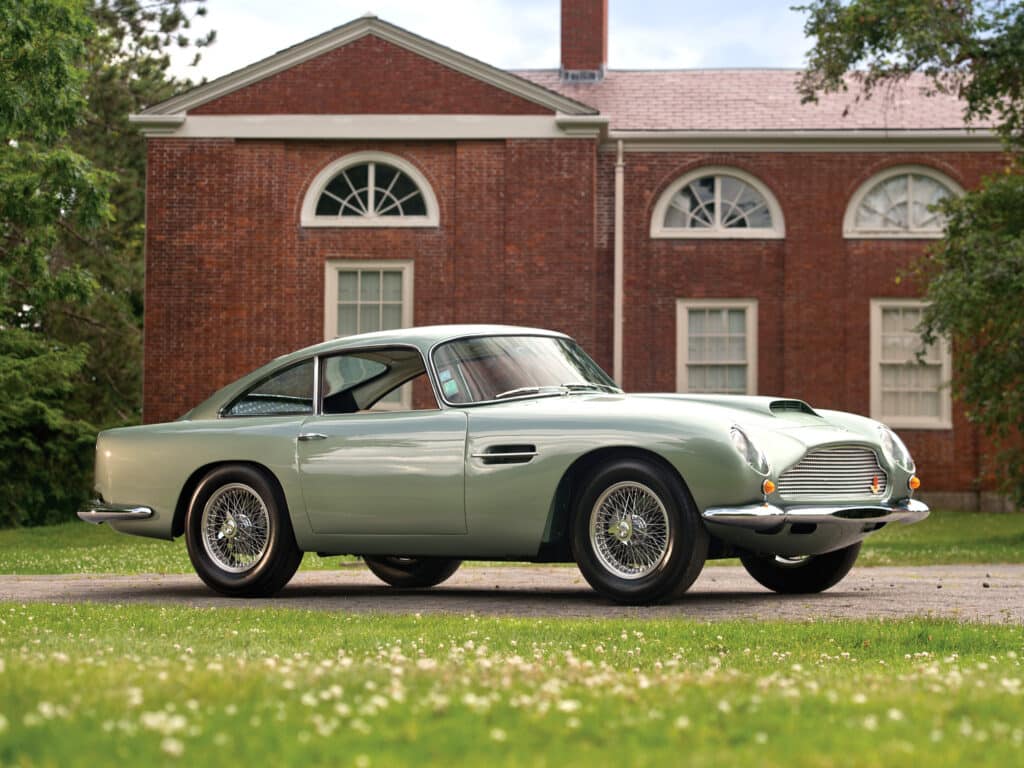
However, although the new DB4 wasn’t slow by any means, a year and a half after the official presentation, the company offered an upgraded version which was sold along with the standard models. Called the DB4 GT, it featured several design cues like closed headlights for better aerodynamics, a lighter aluminum body stretched over a Superleggera frame, and the option of rear seat delete, which saved some weight. Overall, the DB4 GT weighed some 60 kilograms less than the standard DB4. However, the most significant change was under the hood. The 3.7-liter straight six got brand new cylinder heads with two spark plugs per cylinder, higher compression, and a revised valve, all of which helped DB4 GT produce 302 hp and significantly improve the performance. With a top speed of 151 mph and 0 to 60 mph time of 6.2 seconds, the DB4 GT was briefly the fastest production car of its era.
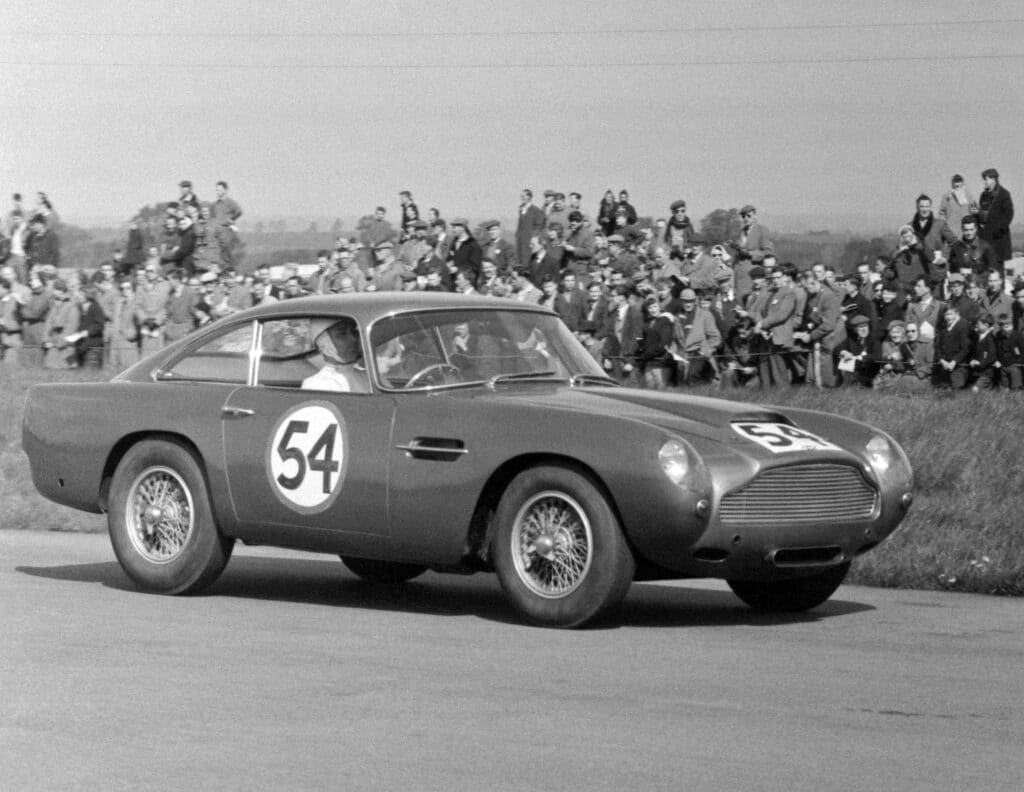
Even though the DB4 GT was very influential on the street and on the race track, the best chapter of its story wasn’t written in England. Still, in Italy and in 1960, the famous Zagato design house, in cooperation with Aston Martin, produced 20 examples with an entirely new, smaller, lighter body and slightly more powerful engine intended for racing. The DB4 GT Zagato was gorgeously designed and more agile than the standard model, but it was also almost twice the price, so buyers were hard to find. The production ended in 1963, and since then, the two additional series of “continuation” (high-quality replica) cars have been released. The DB4 GT Zagato was entered in the 24 Hours of Le Mans in 1961 and other significant racing events of the early ’60s.
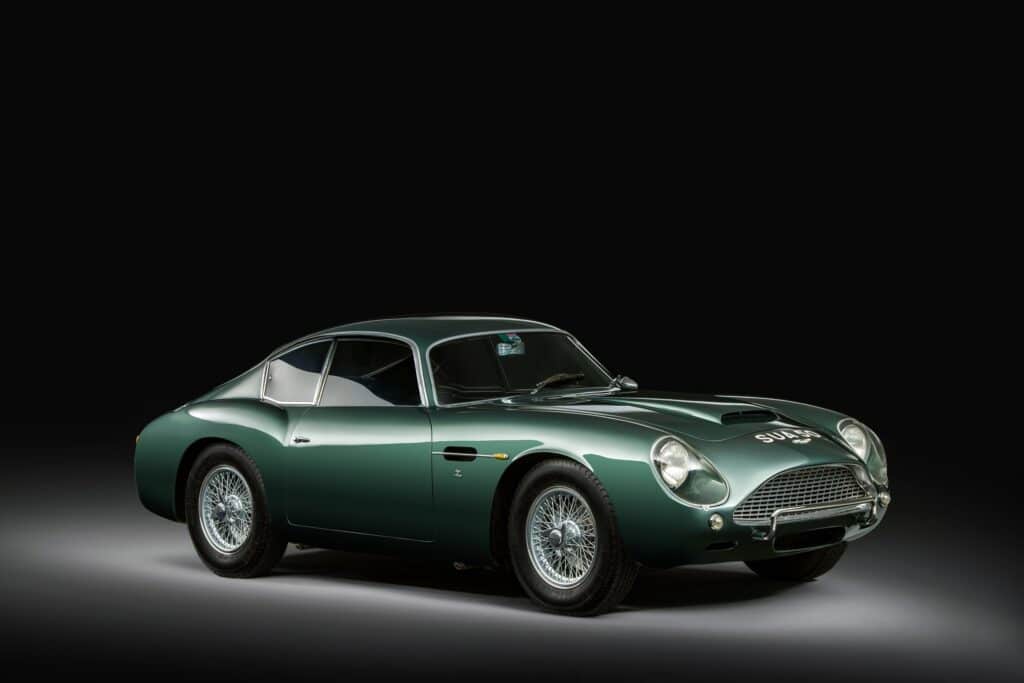
Back in Aston’s newly constructed factory at Newport Pagnell, the DB4 was evolving, and the company was offering new versions. Apart from the convertible model, which was cool-looking but not very popular, DB4 was offered as the Vantage model, which was a step up from standard spec but not as fast as the full DB4 GT model. The Vantage had 266 hp with the help of SU carburetors and different cylinder heads and delivered improved acceleration to its customers. Interestingly, a rare sub-series model was also available at the end of production. Called DB4 Vantage GT, it was a standard Vantage-bodied car but with a GT engine.
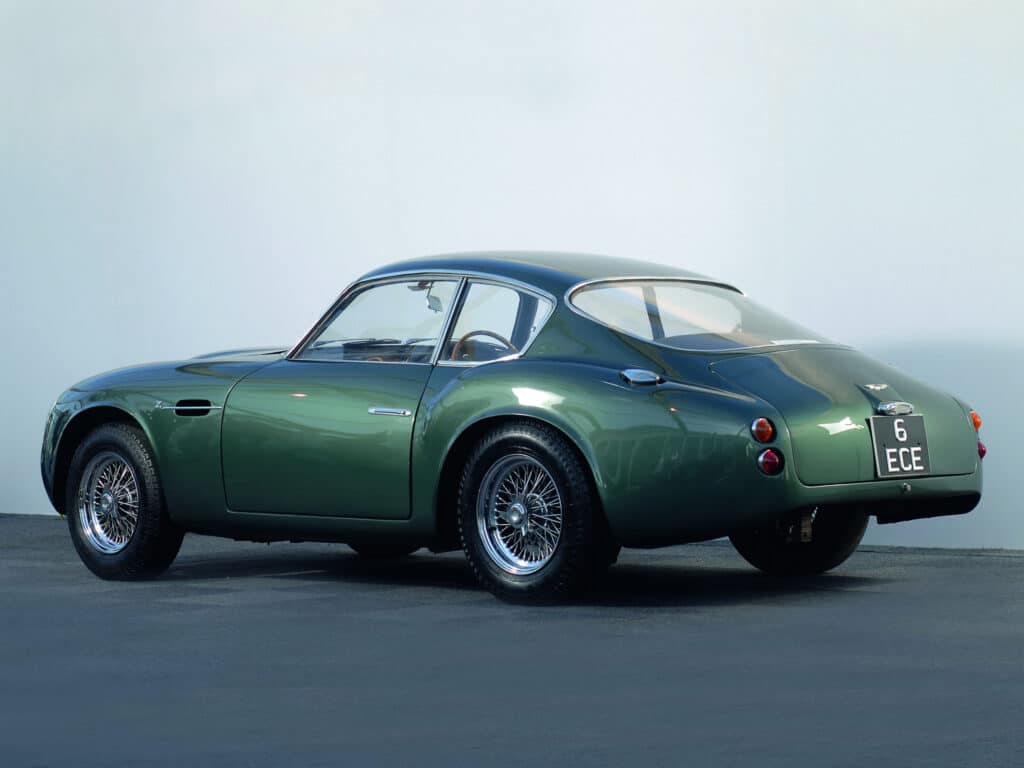
The DB4 production lasted until 1963 and the introduction of the famous Aston Martin DB5. During a six-year production run, exactly 1,204 cars were assembled, which was the astonishing number and best-selling Aston to date. The standard DB4 was produced through five series, all differing from each other in details, trim, and dimensions but with the same design and look. Out of the total production number, only 56 cars were delivered as DB4 GT, and only 20 original DB4 GT Zagato coupes were produced. The convertible models are also rare, with 70 vehicles made. The DB4 Vantage was more popular with 168 cars (coupes and convertibles), but the DB4 Vantage GT is extremely rare, with only 14 cars made in that specification. However, those numbers are for the original 1958 to 1963 Aston Martin DB4 production run. Several continuation models were released from Zagato and Aston Martin in recent years.
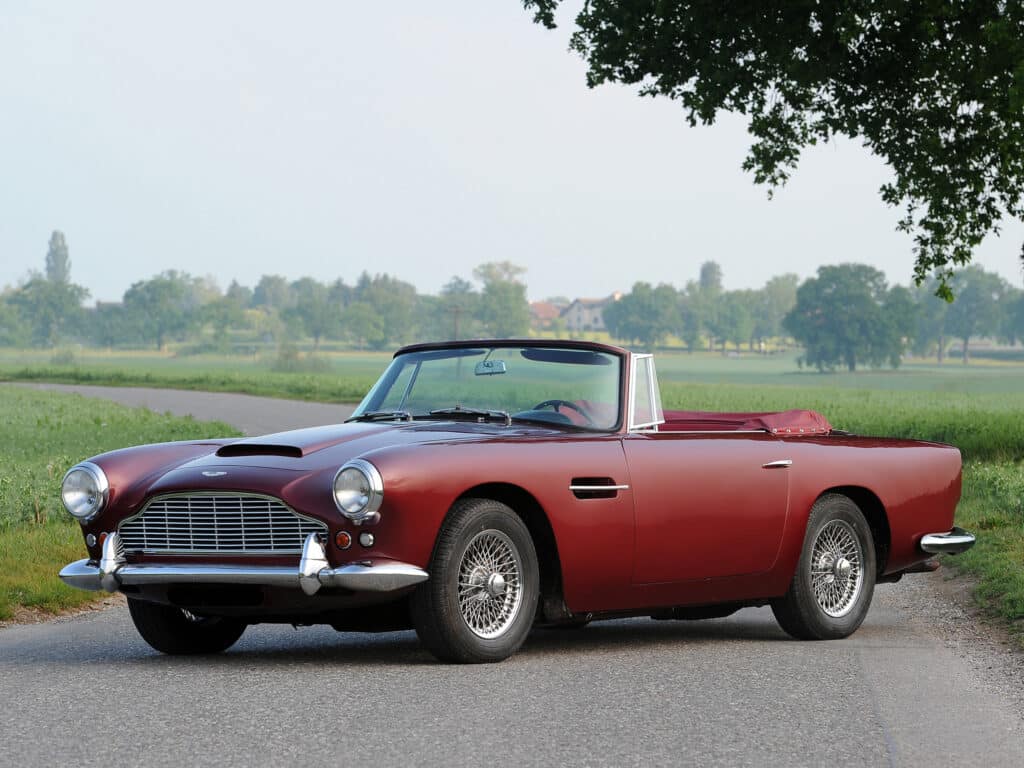
The Aston Martin DB4 is one of those legendary machines which perfectly stood the test of time due to its achievements both as the best GT cruisers of its era and one of the fiercest racing machines of the golden period of motorsports. With its elegant design, unmistakable lines, and discrete charm of a hand-built luxury coupe, it was appealing to so many well-to-do playboys of the era. However, with its high-revving six-cylinder engine, composed chassis, and lightweight body, it was an extremely capable racing machine that beat Ferraris and Maseratis on the track the same way it did in sales.





